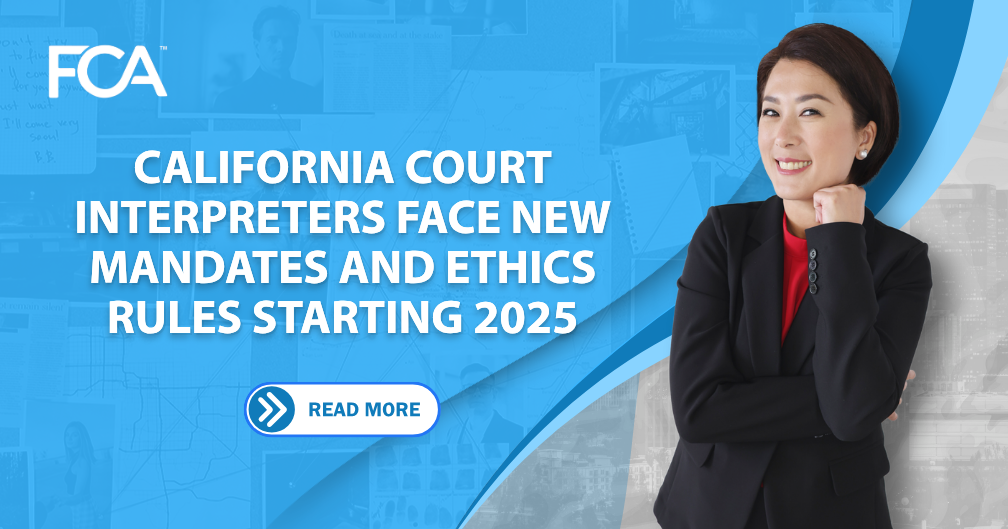A Look at the Steps of the Personal Injury Lawsuit in California
Filing a lawsuit is just the beginning of a multi-stage process. Reaching a settlement, judgement, or jury verdict can take months or years. Although pre-settlement funding can help in the interim, personal injury lawsuits follow a series of steps, so it helps to know what to expect.
Step 1: Find a Legal Representative
Your best option is to hire an experienced personal injury attorney. Representing yourself is not recommended. A lawyer has dealt with difficult insurance companies to negotiate high payouts. They will start with a free consultation to evaluate your case, injuries, and accident-related information, so have all related documentation ready for review.
Step 2: File Your Lawsuit
A lawsuit starts with a compliant (or petition) stating details including the identity of the plaintiff and defendant. The document also states your legal claim, relates facts leading to it, and establishes the court’s jurisdiction of the dispute, while explaining what you expect it to require of the defendant. A summons, issued by the court, states the location of the lawsuit, notifies the defendant, and gives them time to answer or attempt to dismiss it. If the defendant doesn’t answer within this window, they are “in default”, and the court may automatically rule in the plaintiff’s favor.
Step 3: Discovery
During discovery, the plaintiff and defendant, and their respective lawyers, gather facts on the accident. Interrogatories reveal your view of the facts while a request for admission involves asking either party to admit or deny facts. During document production, the lawyer of either party requests letters, diaries, emails, photographs, and other evidence from the other side. Deposition is when the opposing party’s lawyer questions the defendant, plaintiff, or witness. Held in the attorney’s office, it can last hours to days.
Step 4: Pretrial Motions
Motions can be filed by one or both parties’ lawyers before the trial. Your lawyer can file a motion asking the court for a ruling to dismiss the case, have it heard in a different court, or grant a summary judgement. Sometimes the ruling on this motion can resolve the dispute altogether. When it terminates the lawsuit, it’s referred to as a dispositive motion, while a non-dispositive motion resolves questions raised during litigation.
Step 5: Trial
During a trial, evidence from both parties is examined by the judge and jury. The plaintiff can present evidence and their own version of the facts, while the defendant can do the same and refute any allegations against them. It must be shown by “preponderance of the evidence” that the defendant should be held liable for any injury or harm the plaintiff is holding them accountable for.
A trial consists of six stages: Jury selection, opening statements, witness testimonies and cross-examinations, closing arguments, jury instruction, and jury deliberation and verdict. If the jury rules in your favor, you win the lawsuit; if not, you can forget the matter or appeal the decision in a higher court.
Get Lawsuit Funding in 24 Hours
The lawsuit process can be long and costly. Fund Capital America can secure legal funding in Los Angeles well in advance of settlement to help support your financial needs. We can also pull funds from your future settlement using the reverse mortgage principle (You only pay us back if your case wins), and cash advance refinances that can qualify you for a new advance with more affordable terms. Learn more about our advance programs and if you qualify by calling 855-870-2274 or applying for free today.


